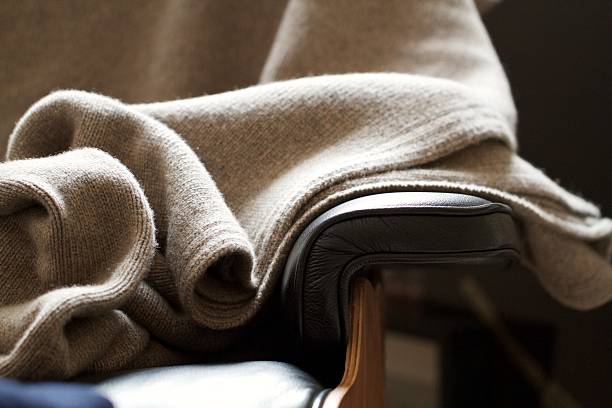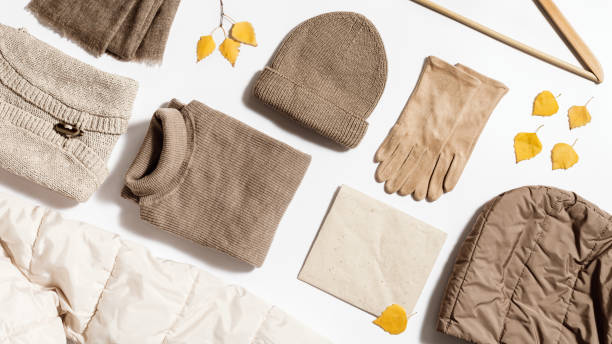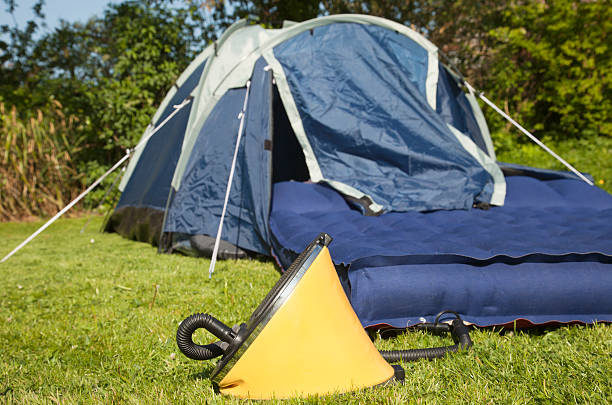Anytime you run out of room to sleep at home or while traveling, an air mattress can accommodate you. Anywhere, even in less than five minutes, can be transformed into a bed with the help of an air mattress. These can be moved around easily, are comfortable, and require no assembly.
But what if your airbed was punctured or destroyed right before you were about to use it, or if there weren’t any high-quality air mattresses available within your price range? The air mattress substitute is then put to use in this situation.
Our research has led us to the top 14 air mattress alternatives that you can use anywhere—at home, on the road, while camping—to get a good night’s rest.
Quick of 14 Alternatives To Air Mattresses
• Foam Sleeping Pad
• Self-Inflating Sleeping Pad
• Camping Cot
• Hammock
• Wool Blanket
• Sheepskin Rug
• Bed Roll
• Custom Foam Padding
• Duvet Cover/Sofa Cushions
• Spare Clothes
• Natural Materials – Moss, Grass, Leaves, Sand
• Sleep on the Ground
• Futon Mattress
• Sleeping Bag
14 Air Mattress Alternative
Foam Sleeping Pad
The most basic kind of sleeping mat available for camping may be foam pads. From the young person going on their first night out to the seasoned camper who wants something with no risk of deflation, everyone uses these pads. They are inexpensive, lightweight, and warm.
Foam pads, however, have two significant drawbacks. First of all, they take up a lot of space and are frequently placed outside of backpacks. More importantly, with only a thin layer of foam keeps you elevated above the ground, they don’t provide nearly as much comfort as an air mattress.
Self-Inflating Sleeping Pad
Modernized versions of foam sleeping pads are inflatable ones. These can pack down very small and expand to a thickness of a few inches. They are suitable for all seasons because you can find inflatable sleeping pads with different levels of insulation. Check out this post for one we’ve used in the past from Thermarest, one of the top manufacturers of self-inflating sleeping pads.
The best type of inflatable sleeping pads is those that self-inflate. Open a valve, and the pad will automatically draw air in to expand into a cozy and supportive sleeping pad. But keep in mind that inflatable pads could be punctured, so it’s a good idea to inspect your sleeping area before you blow them up.
Camping Cot
The most comfortable type of camping bedding is likely a cot. You are raised off the ground by a canvas sheet and metal frame that make up a camping cot. In contrast to other options, there is no chance of deflation and no chance of problems arising from the unsettling ground. But do camping cots make sense?
These, however, are hefty and extremely large. Since they are more common among people who sleep close to their cars, it is unlikely that you will be bringing a camping cot with you. However, these are the solution if you’re looking for comfort.
Hammock
It might not seem like a natural choice to use hammocks instead of air mattresses. To begin with, you must completely change how you sleep, abandoning the tent and relocating to the freedom of nature. A hammock requires some getting used to, as does sleeping in one, but many people consider them to be the most comfortable choice for camping.
Although hammocks don’t provide much insulation by themselves, you can add a hammock underquilt to stay warm.
Wool Blanket
When camping, blankets are a traditional way to keep warm and comfortable. You can get a decent amount of padding by folding a blanket underneath your sleeping bag, and you can always fold it over more if you need a thicker pad.
The level of insulation provided by wool camping blankets makes them heavy. They won’t likely be your go-to option, but they make a great fallback if you find yourself in need of a sleeping mat. However, they are adaptable and can be used to keep you warm around a campfire before being folded under your sleeping bag.

Sheepskin Rug
More than any other technology, animal skins, and furs have kept campers warm throughout history. Although they may seem like an odd alternative, sheepskin rugs are warm and lightweight. These can be rolled up inside a weather barrier to keep them dry, and they are compact enough to fit on the outside of a backpack.
Bed Roll
The canvas roll, made popular in western movies, serves more as a means of securing your sleeping bag than as an insulator. Additionally, you can simply get up and leave in the morning by rolling up your sleeping bag or blanket inside your roll. However, due to their weight, these are best suited for arrival by car or horseback and are not suitable for hiking or carrying your kit.
Custom Foam Padding
Custom foam is a much better option if you frequently snooze in public and want something portable that you can take with you. You can either take the mattress topper from a single bed or find a manufacturer who will cut the foam to your exact specifications.
Foam provides good insulation, is cozy, and is simple to pack into a car. It doesn’t have enough ventilation, so if you sleep on foam, you might start to perspire. You won’t be taking this hiking anytime soon because it’s not only heavy but also bulky.
Duvet Cover/Sofa Cushions
Purchasing a specialized item of equipment might not seem worthwhile if you’re out of options or go camping infrequently. You can get by for a night or two using an extra duvet cover or the sofa’s cushions. These are both reasonably cozy and well-insulated options, but they are both bulky and unsuitable for long-distance travel.
Spare Clothes
You can always spread out your extra clothing and sleep on them if you arrive at camp and discover you have nothing better to use. They will help to keep you somewhat off the ground, and you can also use them to create a reasonably cozy sleeping pad.
But keep in mind that some tents can have condensation on the floor. You don’t want to sleep in your extra clothes only to discover that they are too wet to use the following day.

Natural Materials – Moss, Grass, Leaves, Sand
Finding a spot with lots of moss or sand under you can be an easy way to make your night more comfortable even though you probably won’t bring any of these other things into the tent with you. You can move these into position if you can’t find a suitable location for them. Even though none of them, with the possible exception of moss, provide much insulation, they do give you a much more comfortable surface to sleep on.
However, when camping, it’s crucial to try to leave no trace. The habitat can be disturbed by moving any of these, and live plants should only be taken out as a last resort. If at all possible, try not to move any of these and instead search for a location where they naturally occur.
Sleep on the Ground
Last but not least, you can take a nap on the ground. Nobody wants to make this decision, but sometimes we have no other option. Find a soft area of ground that is free of sticks and rocks, then take a seat there to make yourself as comfortable as you can.
Futon Mattress
However, futons are a great option for car camping because they are much more portable than backpacks, which you won’t see many people do. You’ll need to have enough room in your trunk because they take up a lot of space when they’re rolled up.
A futon only needs to be unrolled and placed where you want to sleep to be set up; the entire process takes about 5 seconds. Like with an air mattress, there is no needless time and effort spent inflating it; instead, you can use this time to quickly set up camp and start enjoying your time outdoors.
Sleeping Bag
Why not eliminate the need for a mattress entirely and just sleep in a sleeping bag on the floor of your tent, taking the use of air mattress substitutes to its logical conclusion? Even though this choice isn’t suitable for everyone, you intrepid travelers who prefer to pack lightly can’t pretend you haven’t given it some thought. We certainly have.
Even though sleeping on an air mattress is undoubtedly more comfortable and warm, there are things you can do to make it more comfortable, such as creating a natural mattress.
Why An Air Mattress Alternative is Important
Camping requires you to have a barrier between you and the ground. When compared to sleeping on the floor, it is not only much more comfortable, but it also insulates you. You can sleep more soundly on an air mattress because the trapped air acts as a wall between you and the chilly ground.
Final Thought
You are still free to decide if you need an air mattress. Many campers extol their comfort. Hikers and those seeking a lightweight alternative to air mattresses for camping are big fans of these mattresses.
Possibilities to test out new gear can arise from being aware of some alternatives. If you forget, lose, or puncture your air mattress while camping, digging your way out of a hole can be helpful. The most crucial thing is to completely insulate yourself and make yourself as comfortable as you can.
